
UI/UX Designer Job Description and Roles & Responsibilities
Jan 16, 2025 6 Min Read 32391 Views
(Last Updated)
UI UX is the abbreviated word that’s been rocking the trend over the years, especially in the past decade. You know what UI UX is, but do you know their roles and responsibilities? Do you know anything about the UI/UX designer job description?
It is completely fine if you don’t have answers to the above questions because most of them are there without knowing about it but it is essential to know about UI/UX designer roles and responsibilities.
In this blog, we’re going to talk about UI/UX designer job descriptions and roles and responsibilities that can help you understand more about this domain and set your career path straight. So, let’s get started.
Table of contents
- What is a Typical UI/UX Designer Job Description?
- Educational and Skill Requirements
- Emphasis on Soft Skills
- UI/UX Designer Job Description Example:
- UI UX Designer Job Description Example 1
- UI UX Designer Job DescriptionExample 2
- UI UX Designer Roles & Responsibilities
- Roles of a UI/UX Designer
- User Research and Analysis
- Design and Prototyping
- Usability Testing
- Collaboration and Communication
- Accessibility and Inclusivity
- Iteration and Improvement
- User Interface (UI) Specifics
- User Experience (UX) Specifics
- UI/UX Designer Job Responsibilities
- 5 Common UI/UX Designer Job Roles
- User Researcher
- Interaction Designer
- Visual Designer
- Information Architect
- UX Writer
- The Future of UI UX Designer - Conclusion
- Frequently Asked Questions (FAQs)
- What are the typical responsibilities of a UI/UX designer?
- What is the difference between a UI designer and a UX designer?
- What skills are required for a UI/UX designer?
- How does a UI/UX designer contribute to the overall product development process?
What is a Typical UI/UX Designer Job Description?
The overview of common requirements and expectations are as follows:
Educational and Skill Requirements
- Educational Background: Typically, a bachelor’s degree in graphic design, user experience design, or a related field.
- Proficiency in Design Software: Expertise in tools like Adobe XD, Sketch, Figma, and other relevant design software.
- User Research Skills: Knowledge of user research methodologies to gather insights about user needs and preferences.
- Technical Understanding: A basic understanding of coding languages like HTML, CSS, and JavaScript can be advantageous.
- Prototyping and Wireframing: Skills in creating wireframes and prototypes to visualize designs before development.
Emphasis on Soft Skills
- Communication Skills: Excellent communication abilities to articulate design concepts and collaborate effectively with team members.
- Problem-Solving Aptitude: Ability to identify design challenges and develop effective solutions.
- Adaptability: Flexibility to adapt to new tools, technologies, and changing user requirements.
- Attention to Detail: Keen eye for detail to ensure high-quality design output.
- Teamwork and Collaboration: Capacity to work collaboratively in a team environment, understanding different perspectives, and integrating feedback.
- Time Management: Proficiency in managing multiple projects and meeting deadlines.
A typical UI/UX Designer job description encompasses a blend of technical skills, educational qualifications, and soft skills. The role demands not just creative and technical prowess but also strong interpersonal and problem-solving skills to navigate the complexities of designing user-centric digital products.
Also Read: 8 Excellent Product-based Companies for UI/UX Designing
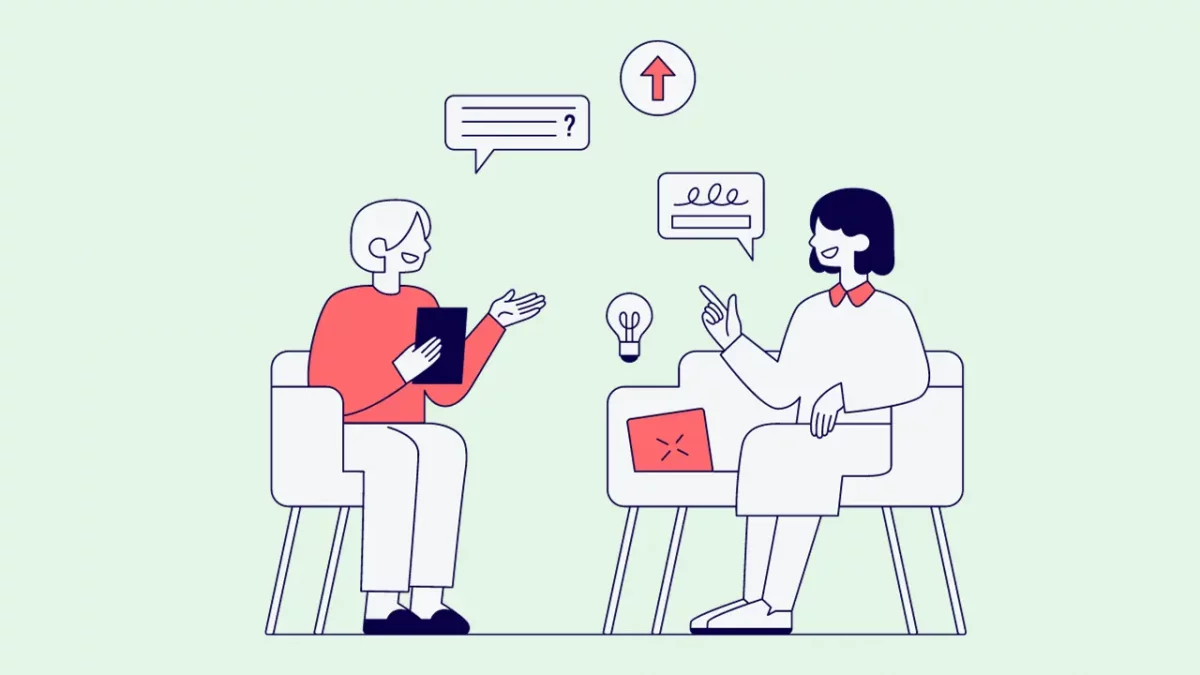
As we proceed to the next phase, make sure you understand the fundamentals of UI/UX, which includes heuristic analysis, journey maps, testing, etc. If you want to explore more about it, join GUVI’s UI/UX Course with Placement Assistance. You’ll also learn about the tools used in UI/UX which are AdobeXD, Illustrator, Photoshop, Figma, and many more. Build some amazing real-time projects to get hands-on experience.
Also, if you want to explore Figma through a Self-paced course, try GUVI’s Figma certification course.
UI/UX Designer Job Description Example:
Now, let’s move on to a sample job description. This example will give you a clear idea of what to expect if you pursue a career in UI/UX design.
UI UX Designer Job Description Example 1
UI UX Designer JD by Virtusa on LinkedIn:
- Identify target user groups and carry out interviews or other types of inquiry to help understand user needs
- Ensure the creation and implementation of customized experiences for the digital user
- Produce high-quality solutions through flow diagrams, graphic designs, storyboards and site maps
- Provide guidance on the implementation of UX research techniques and testing activities to assess user behavior
- Maintain a competitive edge against competitor products and industry trends
- Perform tests on user interface elements such as CTAs, layouts, target links, landing pages and banners
- Understand product specifications and user psychology and predict what might work for both
- Diploma/ degree is MUST in design
UI UX Designer Job Description Example 2
UI UX Designer JD by Uplers on LinkedIn:
Roles & Responsibilities
- Develop new user-facing features
- Build reusable code and libraries for future use
- Ensure the technical feasibility of UI/UX designs
- Optimize applications for maximum speed and scalability
- Assure that all user input is validated before submitting to back-end services
- Collaborate with other team members and stakeholders
- Troubleshoot existing web applications
- experience
This Role Requires:
- Proven working experience in web programming
- Top-notch programming skills and in-depth knowledge of modern HTML/CSS
- Familiarity with at least one of the following programming languages: JavaScript, PHP, or Ruby on Rails
- Good understanding of asynchronous request handling, partial page updates, and AJAX
- Basic knowledge of image authoring tools (Photoshop/Gimp)

UI UX Designer Roles & Responsibilities
What does a UI UX designer do? This is a prominent question that will be on the minds of those whenever they see the term UI UX (User Interface/User Experience designer).
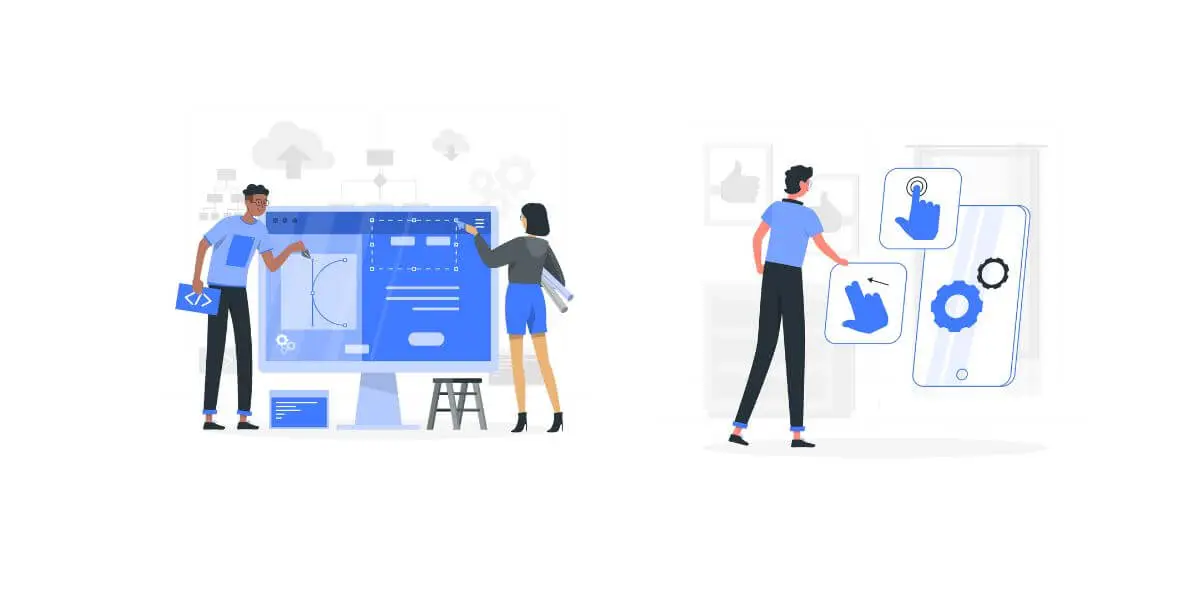
Roles of a UI/UX Designer
UI/UX Designers play a crucial role in the development of digital products like websites, mobile apps, and software. Their primary responsibilities revolve around ensuring a seamless and effective user experience. Here’s a breakdown of their key roles:
1. User Research and Analysis
- Understanding User Needs: They conduct user research to understand the needs, motivations, and behavior of the users.
- Persona Development: Creating user personas to represent the different types of users who might use their product.
2. Design and Prototyping
- Wireframing: Sketching basic layouts of web pages or app screens.
- Prototyping: Creating interactive prototypes to simulate the final product.
- Visual Design: Designing the final graphical layout of the product with attention to color schemes, typography, and design aesthetics.
3. Usability Testing
- Conducting Tests: Organizing usability testing sessions to gather feedback on the prototypes.
- Analyzing Feedback: Analyzing user feedback to identify pain points and areas for improvement.
4. Collaboration and Communication
- Working with Developers: Collaborating closely with developers to ensure the design vision is translated into the final product.
- Stakeholder Engagement: Communicating with stakeholders to understand their goals and constraints.
5. Accessibility and Inclusivity
- Ensuring Accessibility: Making sure the designs are accessible to all users, including those with disabilities.
- Inclusive Design Practices: Incorporating diverse user needs to create designs that are inclusive and cater to a wide audience.
6. Iteration and Improvement
- Iterative Design: Continuously improving the design based on user feedback and changing requirements.
- Keeping Up with Trends: Staying updated with the latest design trends and technologies.
7. User Interface (UI) Specifics
- Layouts and Elements: Designing intuitive and aesthetically pleasing layouts.
- Interactive Elements: Creating interactive elements like buttons and menus.
8. User Experience (UX) Specifics
- User Journey Mapping: Mapping out the entire journey a user takes while interacting with the product.
- Experience Strategy: Develop a strategy that defines the overall feel and experience of the product.
UI/UX Designers are responsible for the overall feel, look, and functionality of a product from the user’s perspective. They ensure that the product is not only visually appealing but also intuitive, efficient, and enjoyable to use.

Now that we’ve talked about what UI/UX designers do, let’s look at their day-to-day job responsibilities. This part will give you a clear idea of the usual tasks and duties a UI/UX designer handles.
UI/UX Designer Job Responsibilities
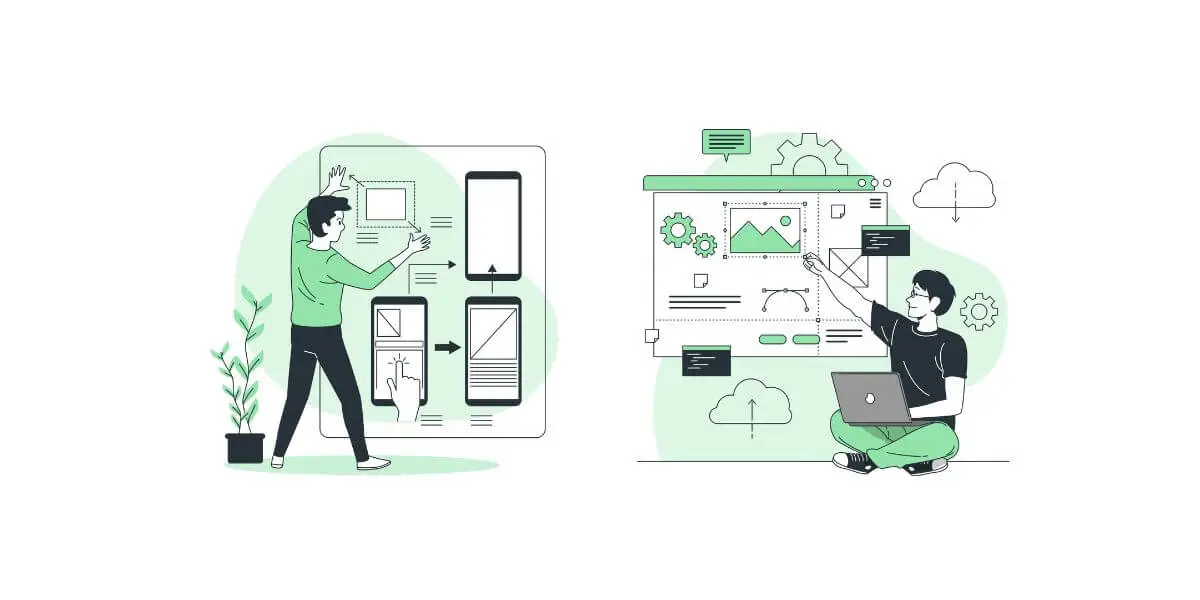
The key responsibilities of a UI/UX designer are as follows:
- Developing user-friendly and visually appealing designs for digital products like websites and mobile apps.
- Crafting the visual elements of a product, including layout, color schemes, and interactive elements.
- Focusing on the overall feel of the product, ensuring it’s intuitive, accessible, and enjoyable for users.
- Building prototypes and wireframes to visualize the design and layout of a product before full-scale development.
- Collaborating closely with developers to ensure designs are feasible and implemented as intended.
- Aligning design objectives with product management goals to meet business requirements.
- Facilitating effective communication between various departments, such as marketing and engineering, to ensure a cohesive product strategy.
- Presenting designs and prototypes to stakeholders for feedback and approval.
- Undertaking research activities to understand user needs, behaviors, and demographics.
- Utilizing research insights to inform design decisions, ensuring they meet real user requirements.
- Implementing various user testing methods, such as A/B testing, usability testing, and user interviews, to gather feedback on designs.
- Using user feedback to iteratively improve and refine the product’s design and functionality.
The responsibilities of a UI/UX Designer are comprehensive, extending from the initial stages of design conceptualization to the final stages of user testing and iteration. Their role is crucial in ensuring that a product not only looks good but also provides an optimal user experience, thereby meeting both user needs and business objectives.
Also Read: What is UI/UX? Top Things to Know in 2024

Now that we’ve talked about what UI/UX designers do, let’s take a closer look at a typical job description for this role to understand the skills and qualifications needed for this creative job.
5 Common UI/UX Designer Job Roles
The most common UI/UX designer job roles are as follows:
1. User Researcher
- Focus: Concentrating on understanding user behaviors, needs, and motivations through various research methods.
- Responsibilities: Conducting interviews, surveys, and usability tests; analyzing user feedback and data; creating user personas and scenarios.
- Goal: To ensure that product design decisions are grounded in actual user needs and behaviors.
2. Interaction Designer
- Focus: Specializing in creating engaging and efficient interfaces that facilitate user interaction.
- Responsibilities: Designing interactive elements like buttons, sliders, and gestures; mapping out user journeys; prototyping interactions.
- Goal: To make the product not only visually appealing but also functional and easy to navigate.
3. Visual Designer
- Focus: Concentrating on the aesthetics of the product, including its layout, color palette, typography, and iconography.
- Responsibilities: Developing visual elements that are in line with brand identity; ensuring consistency across the product; creating style guides.
- Goal: To create a product that is visually compelling and provides a positive visual experience for users.
4. Information Architect
- Focus: Organizing information within the product to make it easy to find and navigate.
- Responsibilities: Structuring content and data; creating site maps and navigation menus; ensuring information is logically organized.
- Goal: To help users find information easily and complete tasks efficiently, enhancing the overall usability of the product.
5. UX Writer
- Focus: Crafting the textual content within the user interface, ensuring it is clear, concise, and user-friendly.
- Responsibilities: Writing and editing UI text like button labels, error messages, and help text; creating copy that guides and informs users.
- Goal: To communicate with users in a way that is understandable and engaging, aiding in their overall experience with the product.

Each of these roles plays a critical part in the broader field of UI/UX design, working together to create a product that is not only functional and user-friendly but also visually appealing and contextually relevant.
Kickstart your UI/UX journey by enrolling in GUVI’s UI/UX Course where you will master technologies like AdobeXd, Illustrator, and Figma, and build interesting real-life UI/UX projects.
Alternatively, if you would like to explore Figma through a Self-paced course, try GUVI’s Figma’s certification course.
The Future of UI UX Designer – Conclusion
In conclusion, the future of UI/UX designers is bright and filled with exciting opportunities. As technology continues to advance and user expectations evolve, the role of UI/UX designers will become increasingly critical in shaping exceptional digital experiences.
From emerging technologies like AI, VR, and IoT to the growing emphasis on personalization, accessibility, and ethical design, UI/UX designers will need to adapt, learn, and innovate. Collaboration with developers, the use of design systems, and a focus on continuous learning will be key to success.
By understanding UI UX Designer roles and responsibilities and staying at the forefront of design practices, you as a UI/UX designer can make a profound impact on how users interact with technology, ensuring that digital experiences are intuitive, inclusive, and delightful.
Frequently Asked Questions (FAQs)
The responsibilities of a UI/UX designer can vary depending on the organization and project scope. However, common responsibilities include conducting user research, creating wireframes and prototypes, designing user interfaces, collaborating with cross-functional teams, conducting usability testing, and iterating on designs based on user feedback.
While the terms UI (User Interface) and UX (User Experience) are often used together, they refer to different aspects of the design process. They focus on creating visually appealing and intuitive interfaces, including elements such as layouts, typography, and colors. UX designers, on the other hand, concentrate on the overall user experience, considering user research, information architecture, usability, and interaction design.
UI/UX designers should possess a combination of skills such as user research, information architecture, wireframing and prototyping, visual design, interaction design, usability evaluation, collaboration, and communication. Proficiency in design and prototyping tools, along with an understanding of coding and development principles, can also be beneficial.
UI/UX designers contribute to the product development process by understanding user needs, defining user flows, creating wireframes and prototypes, designing intuitive interfaces, conducting usability testing, and iterating on designs based on user feedback. They collaborate with stakeholders to ensure that the product meets user expectations and aligns with business goals.





















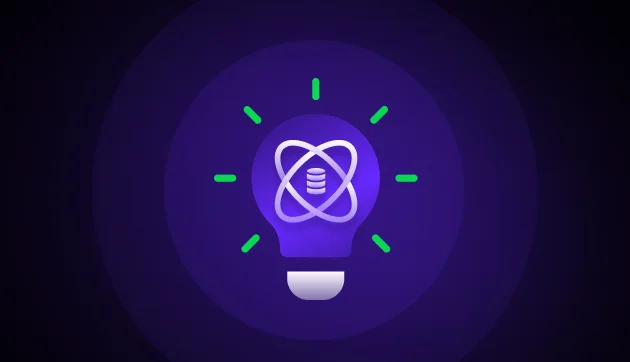
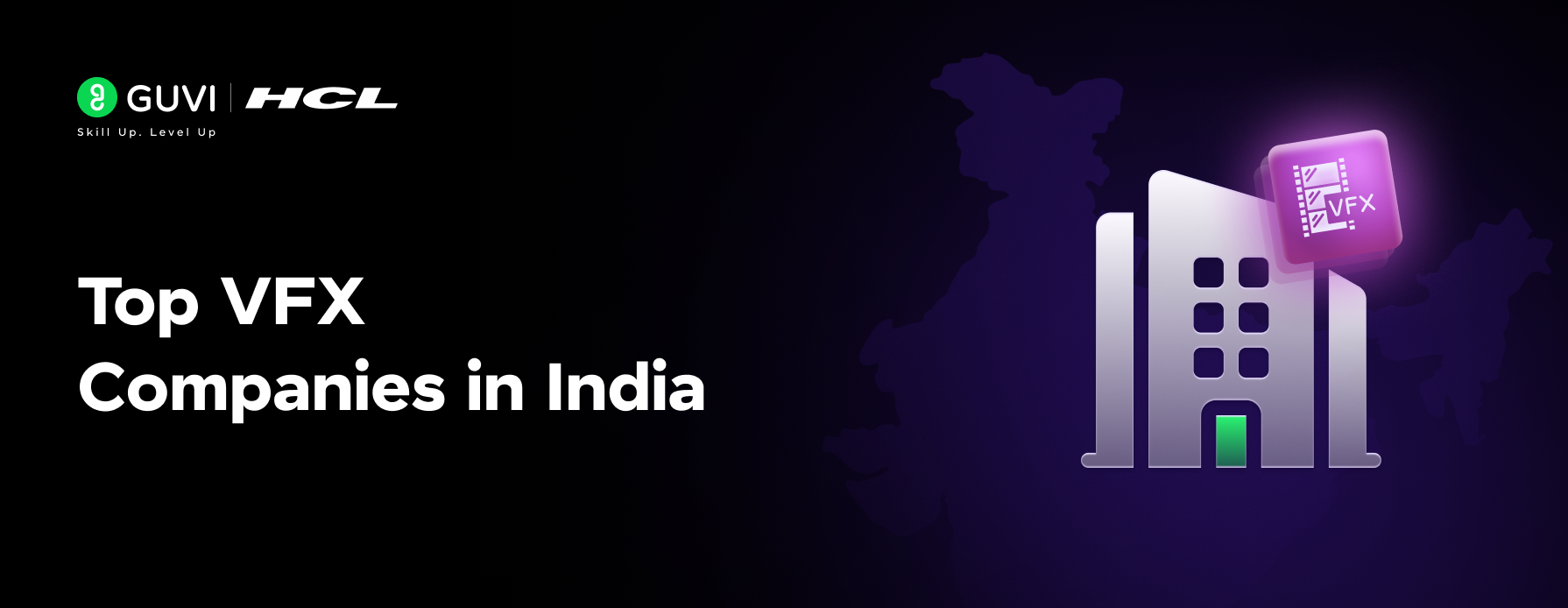



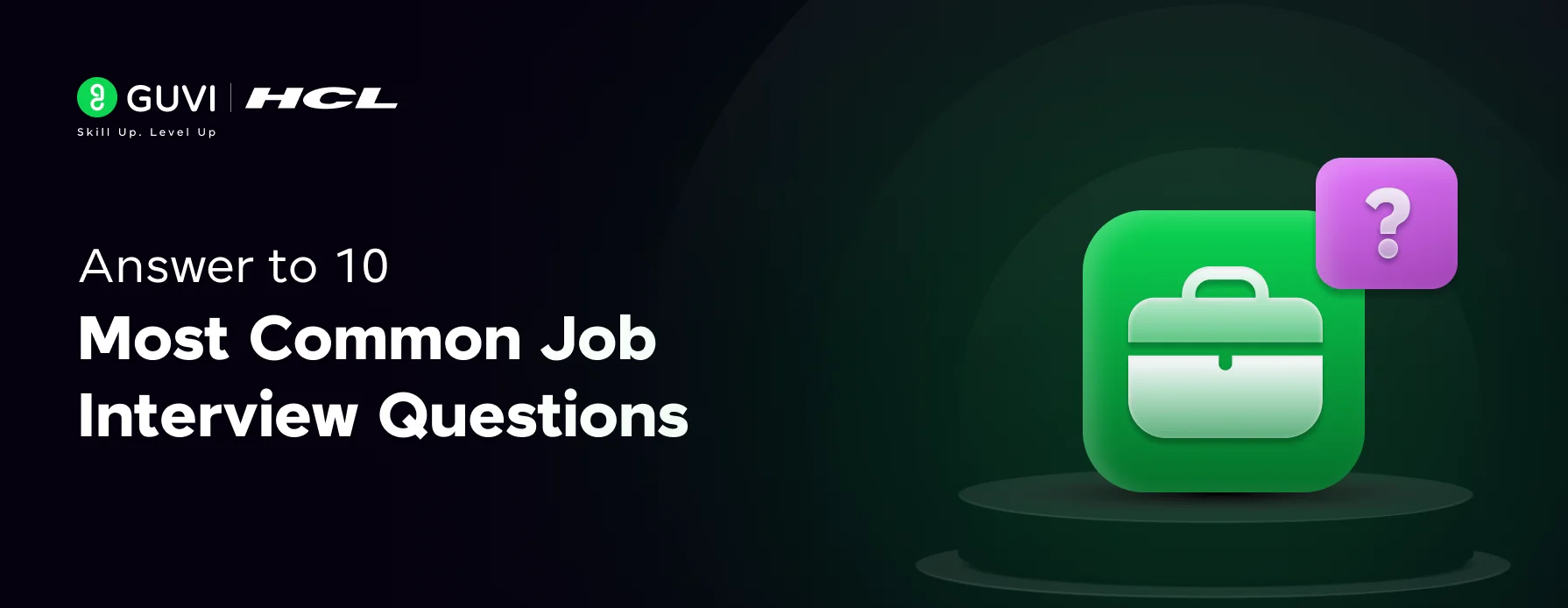


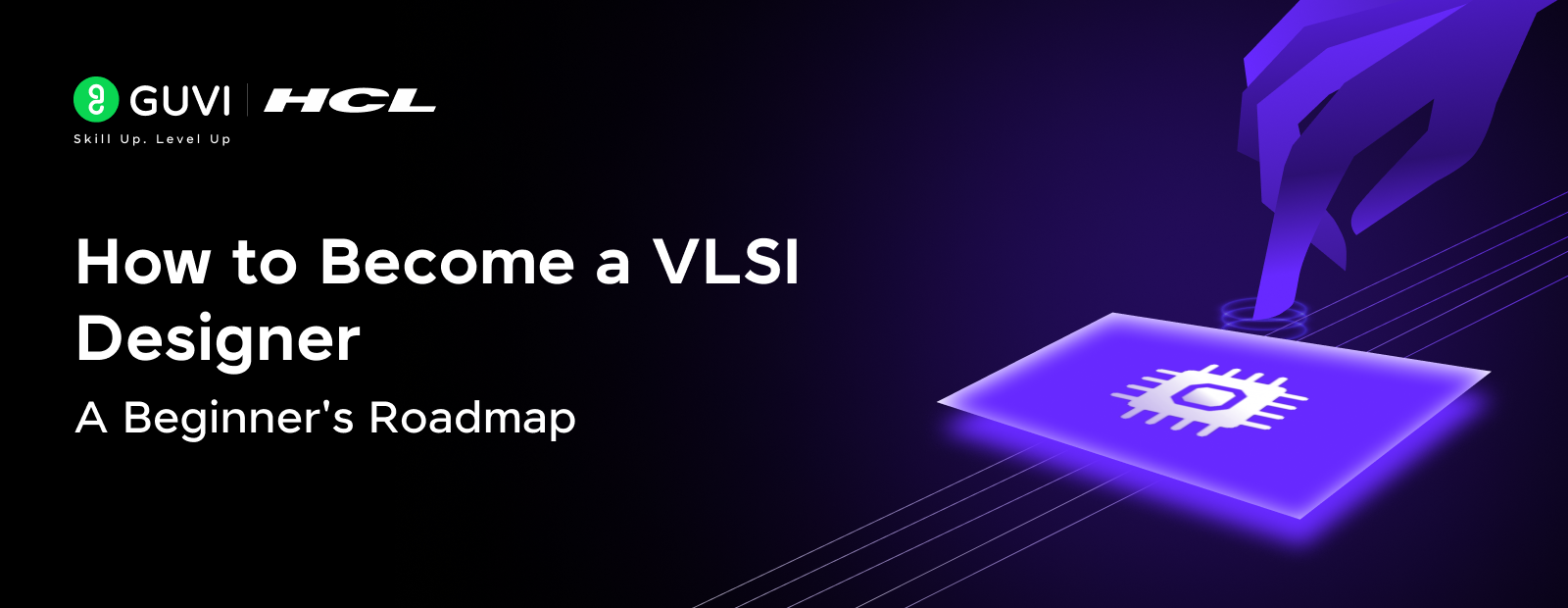

Did you enjoy this article?